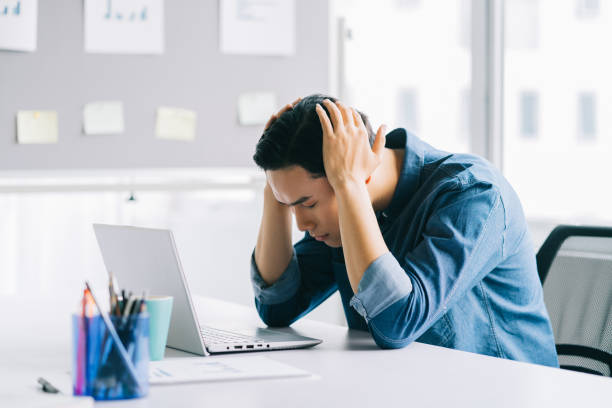
Part of my job as a massage therapist is to help people lose tension held in the body, this in itself can leave some people looking transformed. Sometimes it is recently accumulated tension, relieved by letting go and relaxing; sometimes it is older more chronic tension, more solidified in bodily tissues that needed a more active intervention, sometimes something of both. Either way, releasing tension is good for us and holding tension in the body is not for a variety of reasons:
- It feels unpleasant.
- we feel contracted and tight.
- It can restrict breathing.
- Muscles feel gripped.
- It can constrict blood flow though vessels, tissues and organs.
- It can be at the seat of some body pain.
- It can steal our energy (it takes energy to hold tension).
- It can leave us anxious or depressed (though that is a chicken and egg story).
- Chronic tension and stress can have more pernicious effects on our physiology which can damage our health ( a longer story beyond the scope of this article).
Here are some suggestions around what causes it and how we can learn to handle it.
As humans we are constantly in relation to ourselves and our physical and social environments, including our living and working conditions on many levels. When we don’t feel at ease, comfortable and in harmony within these conditions and the relationships within them there will be some tension. This is normal given that life is not always a comfortable ride. Levels of tension and stress on our system will vary according to whether we experience large or small traumas from within our environment and for how long. Apart from experiences of consistent flowing harmony (great when we have them), all of us do experience tension and disharmony at times; it’s a matter of degrees and how we handle it. Tension and stress could be very severe in the case of experiencing war, violence or abuse; or milder, but not insignificant, as a result of the accumulation of life’s minor insults, frictions, inconveniences and disappointments.
Advances in mind/body medicine have perhaps only started to touch the tip of the iceberg on fully understanding the dynamics of this, but doctors such as Gabor Mate have researched, written and spoken about the links between environmental/social stresses and the real physiological effects on the human body and health in some detail. Asian traditional medical systems, mind/body movement practitioners and no doubt others have also long understood these interrelationships but described them in different ways.
Tension and stress often manifests most clearly as one or several of:
- Jaw and neck tension.
- Tension around the head and between and behind the eyes.
- Shoulder tension , with shoulders often lifted up and forwards combined with a tightening across the chest.
- Restricted breathing patterns – often a tight chest combined with a ‘frozen’ or restricted diaphragm.
- Tight hips and gluteal muscles.
- Tight hands and feet.
- Muscles that become hypertonic (the muscle is switched on by the brain and nervous system in a state of unnecessary engagement)
- Muscles that become hardened over time due to more collagen (connective tissue) building up in the tissues. This further holds the muscle in its engaged state so that it feels more permanently stiff and hardened due to restricted blood flow.
These are the more superficial signs, inside of us there are other more pernicious effects on our physiology and biochemistry, but that’s a more complex story for another time. If we can feel, understand and let go of these more surface noticeable signs (which are real enough), to a degree the inside of us will take care of itself.
The Thai medical theory that informs Thai massage usefully explains and analyses human experience and how tension accumulates from a Buddhist perspective. The dynamics of tension and how we do or don’t deal with it is described as a process of condensation and dissipation.
Put simply, we can categorise life’s experiences into two main categories : pleasant and unpleasant. Pleasant, easy, pleasurable, joyful and happy feelings and experiences are comfortable for us and our bodies and minds. They tend not to create tension as they are easily received and easily dissipate in a harmonious flow. Unpleasant, difficult, painful, sad and unhappy feelings and experiences are more likely to create tension as we don’t want to experience them so we tend to resist the uncomfortable feelings and emotions by tensing the body in the ways described above. Some of this is normal, but unless we release these tensions regularly they can become condensed and stuck in the body in the forms of the more chronic tensions listed above. Even after the difficult experiences have passed, the tension can remain.
The effects of long term tension can be many :
- It’s tiring, holding tension takes effort even when we are not conscious of it. It’s like going through life driving with the handbrake on, perhaps without realising it.
- We can’t move smoothly and easily.
- Hypertonic hardened muscles can feel stiff and painful.
- We are less likely to make good decisions well when we’re tense. We’re more likely to be in a reactive mode.
- Our relationships and ability to communicate well may suffer when we’re tense and in reactive mode.
- We may suffer from headaches as tension in the jaw/neck/shoulders can restrict blood flow to the head.
- Tension is likely a cause or symptom of anxiety or depression, either way they tend to go together.
- We may over use alcohol or drugs to alleviate the uncomfortable feelings of tension.
- We may overeat to cover the uncomfortable feelings.
How can we release it?
In a normal healthy situation when stressors aren’t in front of us, our system should naturally let go of tension and we breathe easily. This may happen without us really noticing or through mechanisms such as yawning, sighing or stretching out a bit. There are though reasons though why this may not happen. We may have repeat patterns of holding and associated behaviour and thinking patterns that keep the tension in place. In these cases we may benefit from learning a mind/body discipline which brings our tension into a more conscious awareness making it easier for us to learn how to let go.
Mind/Body Movement Disciplines.
Sometimes going for a walk, especially in a natural environment, or talking life’s issues through with someone is enough. But most of us will benefit from learning about tension, condensation and dissipation through a formal practice such as yoga , martial arts , meditation or another kind of movement practice or sport.
Yoga particularly helps, as well practiced it should help us directly feel into areas of tension, and then work with breathing, the spine and movement to release them. Moving from an inside out focus gives something different to more externally focussed disciplines. Other movement discipline that can help include Tai Chi, Chi Kung, dance; really any movement discipline that asks us to relax and feel into our movements.
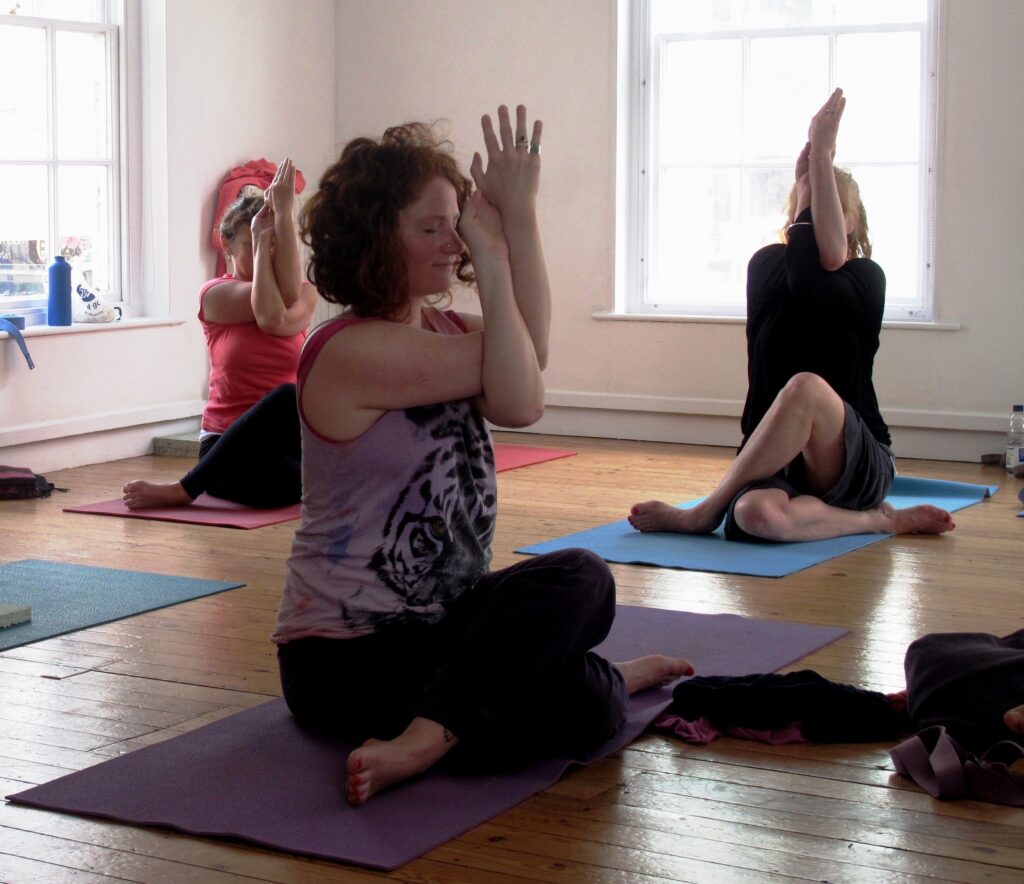
Massage.
In my own experience some tension is too stubbornly entrenched to be released by movement alone. If tissues have become hypertonic and/or fibrotic (knotty and not free moving) then hands on manual therapy can really help. Neuromuscular massage techniques for example, are where the therapist applies sustained pressure to a blocked or knotty area and waits for the recipients brain/nervous system to change the message to the muscle to one of letting go. Experiencing this is something of a relief.
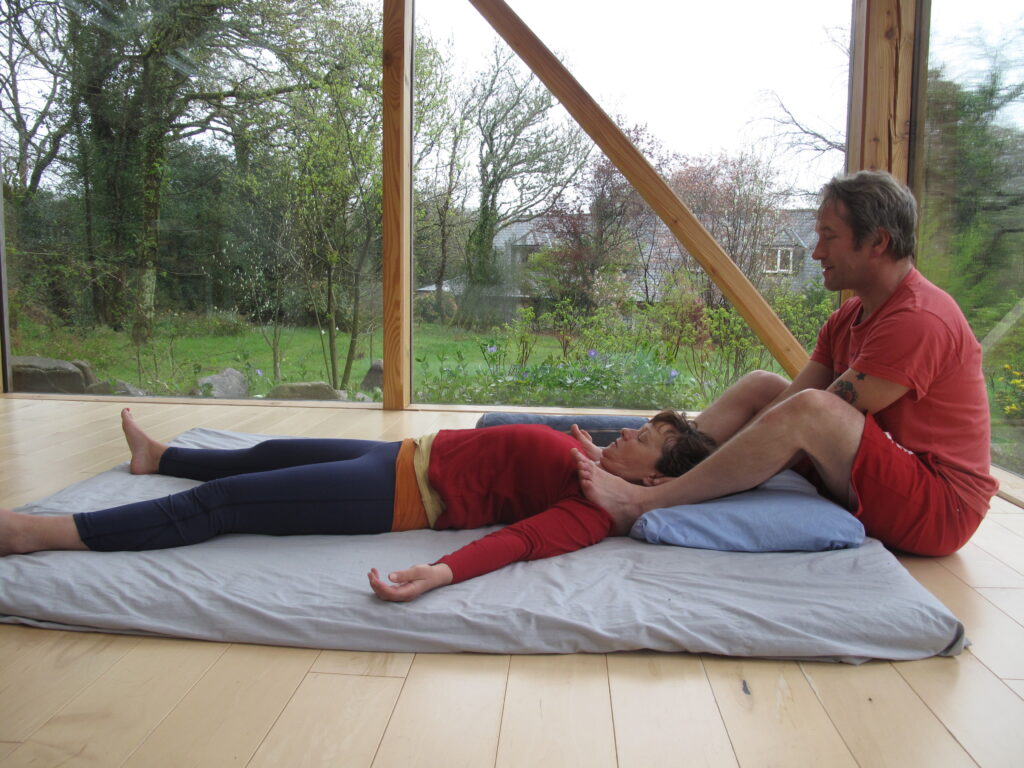
Meditation.
Meditation, the most popular forms being Mindfulness and Vipassana (Insight Meditation) from the Buddhist tradition, can help us see and feel into the source of our tension. To paraphrase the Buddha, for every mind state there is a body state. By honing our inner observational skills in meditation, we can learn to see directly how the body responds to feelings, emotions and thought patterns and learn how to let go of tension and understand its causes. This skill can be transferred to day to day living with practice. What we learn to see in the framework of a structured sitting meditation practice is a microsm of what goes on within us in the macrocosm of daily life but are less likely to notice. With practice we can learn to bridge this gap and become more conscious in day to day living situations. If we can learn to practice a body centred mindfulness (at least some of the time) as we go about life, we can start to better notice when we tense, what situations we get tense in, and practice letting go and giving ourselves more time and space to handle situations .
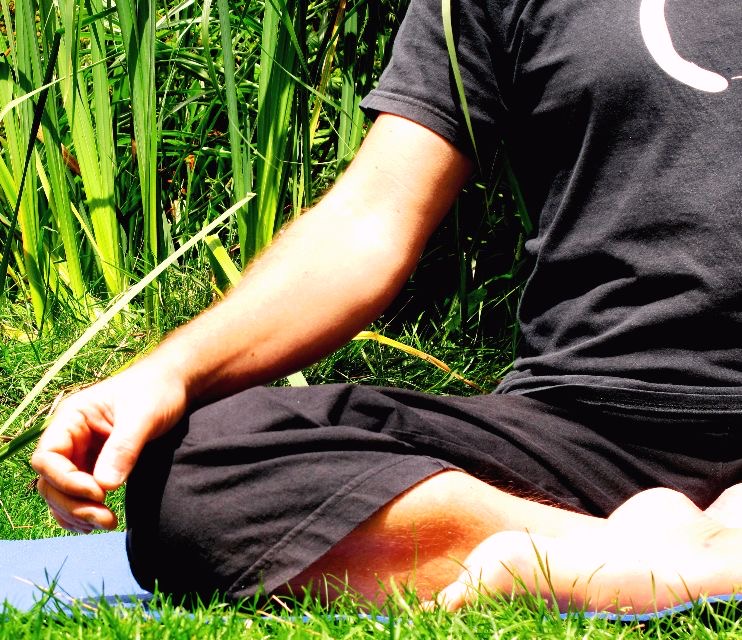
Relational Movement Practices, Sport and Life.
Learning to to notice tension and relax in day to day living situations can be learned ‘on the job’, so to speak, but we may also benefit from practicing and exploring this in relational activities such as sport, competitive martial arts or really anything where while we are in competition with others in a non-threatening way; we can practice learning to relax while in more pressured situations. In my own case I never expected to learn so much about myself playing competitive table tennis !
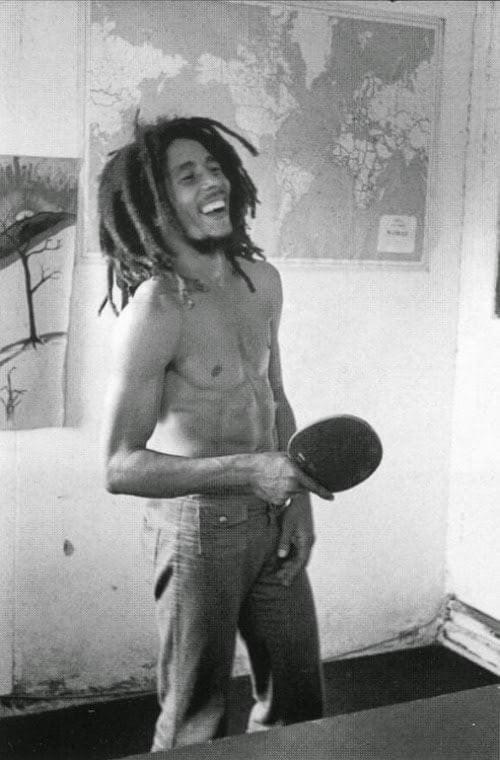
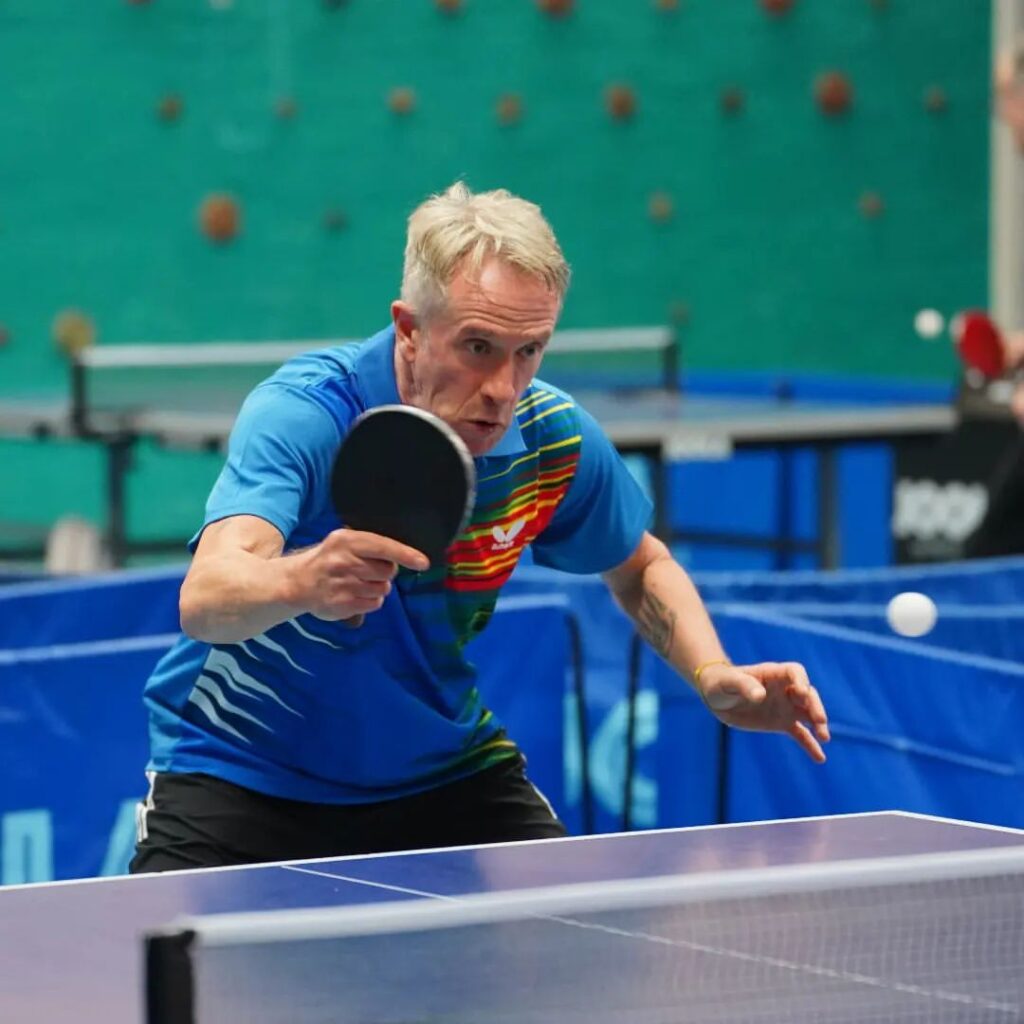
More Serious Trauma or Tension that does not Resolve.
This is outside of my expertise except to say that some body centred approaches and meditation can be a bit risky for some people to practice by themselves or in unsupportive environments as there is the possibility that these practices can stir up trauma; this can leave some confused or troubled with no where to go with it. If you’ve experienced more severe trauma then professional guidance with these practices in a properly supported environment would be best until you feel confident in handling them yourself (don’t expect your regular yoga teacher or massage therapist to know deal with it unless they really know how, it’s also unfair on them). That said body centred approaches and meditation seem to be really helpful in conjunction with talking therapies and a properly supported environment. An expert on this, Bessell Van de Kolk, has written about multi-dimensional approaches to trauma including working through the body in his best selling book The Body Keeps the Score.
Modern Life and Lifestyle Choices.
If our tension is persistent tension, we may also need to question what in our life circumstances needs to be changed. Or if circumstances can’t be changed, what can we do to learn to accept and work with them. On a personal level this could be a change of physical and/or social environment or a change personal habits and/or patterns of living. Likely only we ourselves will truly know which of these is the priority which will address the main source of our tension.
On a bigger scale if it’s modern societal conditions with its pressures and expectations that seem to be making us tense, then we may need to examine what aspects of these we can disengage with or at least gain a perspective on, come to terms with or change or our relationship to.
Hunter Gatherers Living in a High Tech Age.
We live in the ‘age of bewilderment’ according to Yuval Noah Harari in his book 21 lessons for the 21st Century (also author of Sapiens and Homo Deus). Life is undoubtedly materially better for many of us than ever before, but perhaps also more confusing with unprecedented technological advances contributing to change and disruption to many familiar patterns of social life and employment (although not all this is bad). In addition in evolutionary terms most of our human history has been spent as hunter gatherers in small communities of not more than 150. The rate of population increase and technological change has potentially left many of us feeling biologically and psychologically ill equipped for modern living conditions.
We have generally made ourselves more comfortable, but too much of this doesn’t seem to be good for us (says he, lying on the sofa with a laptop). Many of us have stopped moving enough which is harming us.
Technological advances have historically promised us more leisure time, but it never seems to quite work out that way. Some technology seems to be stealing our time and potentially manipulating us through algorithms like never before. Interestingly for an academic historian a big part of Yuval Noah Harari’s solution to these issues is meditation. Clearly understanding our own minds and bodies and how they operate from direct observation and a felt sense, and then being able to genuinely choose how to live and respond to life is perhaps the only true power we have. Whilst arguably we should seek to create positive social change where we can, it is easier to change ourselves than a whole society and culture which is a good enough place to start.
Supporting Me.
The content of my website is free but not cheap, I put a lot of work into it, so any donations to support the running of this website , or show your appreciation for any articles/blogs would be greatly appreciated . Thank you .
Buy me a coffee. If you can support me by buying me a coffee either here https://www.buymeacoffee.com/nev or via the coffee cup icon that would be amazing – thank you.
Follow me on Medium. You can also support me by following me on the writer’s platform Medium . This would elevate my profile there and they pay me if I get more followers – this would help a lot, thank you. You will need to create an account, I’m told told this is very simple with your own password, less so if you try to do it through google.
Subscribe to my newsletter. You can subscribe to my newsletter for occasional news and updates on new articles/blogs by signing up in the boxes below or to the right depending what you are reading this on .
Share my posts. If you know others who would appreciate this post please forward or share on social media . Sharing is caring.
Thank you.
